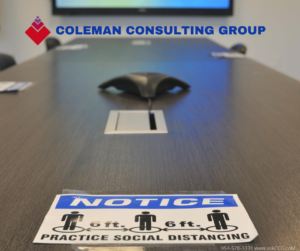Organizations and venues that rely on conventions, conferences and sizable meetings are hard-hit because of the COVID-19 crisis and the jury is out on how well these activities will bounce back from the shut-downs. Zoom meetings seem to have become the rage and the company’s stock has doubled in price during the pandemic. For all the advantages of teleconferencing and videoconferencing, their use for education can have considerable limitations.
There is absolutely no way for a virtual learning experience to replicate the dynamic that occurs in a face-to-face (F2F) environment. F2F seminars offer a different level of engagement with the topic, instructor and colleagues that is absent when sitting in front of a screen, fairly invisible. Am I the only one who usually multi-tasks during webinars?
To be successful, coding education requires interaction. One-on-one education isn’t always feasible or cost-effective, and we can’t ignore the learning that occurs in group settings when participants ask questions or make comments. In fact, a 2010 study on virtual meetings briefly mentioned the barriers participants encounter when trying to signal their intention to speak or interrupt the current discussion. This can short-circuit the learning objectives.
However, given the reluctance of many clients to host or participate in F2F meetings, below are some of the guidelines we recently implemented in a medium-sized F2F meeting, which may reassure clients of the safety of group attendance.
- Scaled the attendance list to the size of the venue. This can necessitate breaking groups into smaller subgroups and conducting more sessions than planned, but we believe this is a reasonable accommodation in light of social distancing.
- Another key to lower-stress F2F gatherings was arranging the seating with social distancing in mind. In large venues, it’s possible to seat one person per table, or to spread the chairs out to minimize close contact.
- Disinfecting all surfaces is always important. Regardless of the venue’s cleaning practices, we regularly wiped down all surfaces with disinfectant, especially tables and chairs.
- Individually-packaged refreshments are nothing new but the manner in which they are arranged and displayed can go a long way toward reassuring guests that they have been handled in a manner that maximizes safety.
- We prepared and distributed educational materials in the safest manner possible. Laminated tools were disinfected with alcohol wipes, carefully stored and distributed by gloved hands.
- All attendees were expected to wear face masks in accordance with CDC guidelines, and presenters wore masks or face shields while distancing themselves from participants.
- The last key to lower-stress F2F gatherings is communication: we let each group of attendees know the measures taken to preserve their safety and encouraged them to speak up about any suggestions to improve on these best practices.

